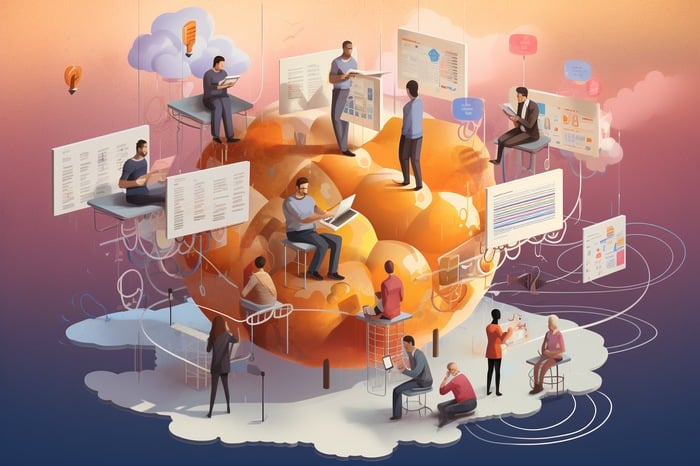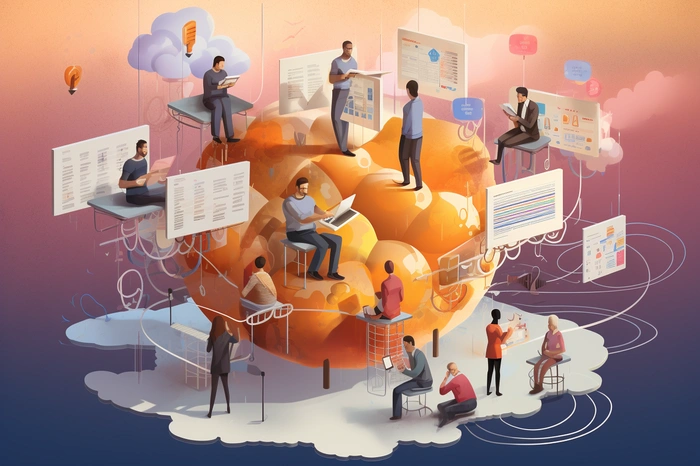Recently OpenAI rolled out a new feature to its ChatGPT AI model allowing users to upload images of practically anything for the large language model to then analyze. This enables users to use images in their prompts and ask questions about photographs, diagrams or reports. ChatGPT will then examine the uploaded image and provide feedback answering any questions users may ask about it. For instance you could upload a math’s question from an old exam paper and ChatGPT would be able to analyze it and tell you how to answer the question without you having to type in any of the equations, fractions or graphs.
The ChatGPT image input feature allows users to upload images, which the model can then analyze and respond to. This feature extends the capabilities of text-based interactions, enabling a variety of use-cases such as image description, object recognition, and even some level of visual analysis.
ChatGPT image analysis
The technology relies on a multimodal approach, combining text and image data during processing. While the image analysis is not as advanced as specialized computer vision models, it provides a reasonable level of accuracy for general purposes.
Previous articles we have written that you might be interested in on the subject ChatGPT :
You can use it to get descriptions of images, ask for the identification of objects within images, or even seek artistic interpretations, among other functionalities. Keep in mind that the quality and usefulness of the output can vary based on the clarity and complexity of the image in question.
Uploading images to ChatGPT for analysis and response can be a straightforward process, but it’s important to consider several key elements, including file type, size, and the specific requirements of the task you want the model to accomplish. Here’s a comprehensive guide on how to do it effectively.
Before you begin, ensure you’re using a platform or service that has enabled the ChatGPT image upload feature. This feature might not be available on all implementations of the ChatGPT API. Additionally, be prepared with the image you intend to upload. The image should ideally be clear, well-lit, and relevant to the query you intend to make.
File types and sizes
ChatGPT generally supports common image file types like JPG, PNG, and GIF. While there may not be an officially stated file size limit, keeping your images to a reasonable size (a few megabytes) is advisable for faster processing. If you need to analyse PDF documents you will need to use a plugin at the current time which will allow ChatGPT to analyze the text and images within the PDF and answer any prompts you ask.
How to upload an image to ChatGPT
The specific steps for uploading an image will vary depending on the platform you are using to interact with ChatGPT. However, the general process usually involves:
- Make sure that you are in the ChatGPT Default mode, by selecting this at the top selecting GPT-4 in the first selection in the drop down ” Default”
- Once this is selected you will see a small square icon appear on the left-hand side of the text entry box. It looks like a line drawing of a mountain in the sun in a square frame.
- Click on the icon button and you will be asked to select an image file to upload
- Browsing your device’s file system to select the image you wish to upload.
- Confirming the upload and waiting for the image to be processed
- Once the images uploaded you can then asked ChatGPT to confirm it understand the image, diagram or photograph and ask questions about it.
For example, you could ask, “What’s in this image?” or “Describe the artistic style of this painting.” Be explicit about what you want to know. The model will attempt to analyze the image based on your query and respond accordingly.
AI model limitations
While ChatGPT does possess image analysis capabilities, it’s worth noting that these are not as advanced as those found in specialized computer vision models. Therefore, while it can identify common objects and provide general descriptions, it may not be able to perform more complex analyses like emotion recognition in faces or detecting minute details. But it is still very impressive all the same and is a fantastic addition to the ChatGPT service for Plus users.
Optimising your prompt better results
- Clarity: Make sure the image is clear and the object or scene you are interested in is easily distinguishable.
- Context: If the image is part of a set or sequence, or if it requires context, provide that information in your text query.
- Specificity: Be specific in your queries. Instead of asking, “What do you see?”, you might ask, “What is the breed of the dog in this image?”
If you receive an unsatisfactory response, try refining your question or uploading a clearer image. Keep in mind that ChatGPT, while versatile, is not infallible and has its limitations in terms of visual recognition and analysis.
Uploading images to ChatGPT opens up a range of possibilities for interaction and query that go beyond text-based communication. By following best practices in file preparation, upload procedure, and query formulation, you can optimize the quality of the responses you receive. While the system’s capabilities in this area are not as specialized as those in dedicated computer vision applicat
Filed Under: Guides, Top News
Latest timeswonderful Deals
Disclosure: Some of our articles include affiliate links. If you buy something through one of these links, timeswonderful may earn an affiliate commission. Learn about our Disclosure Policy.


